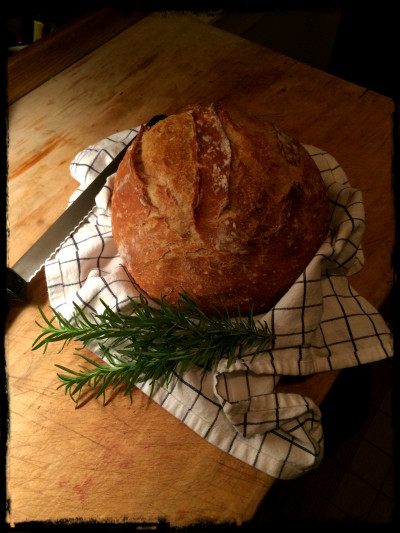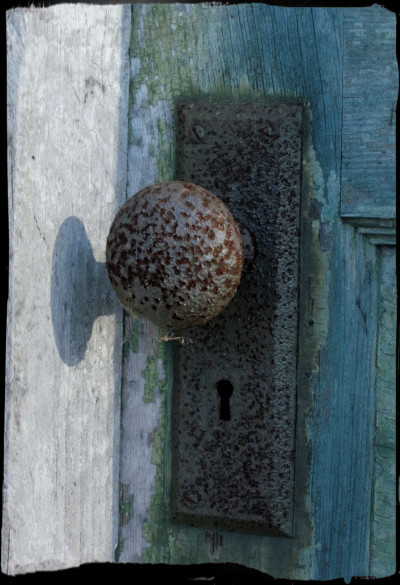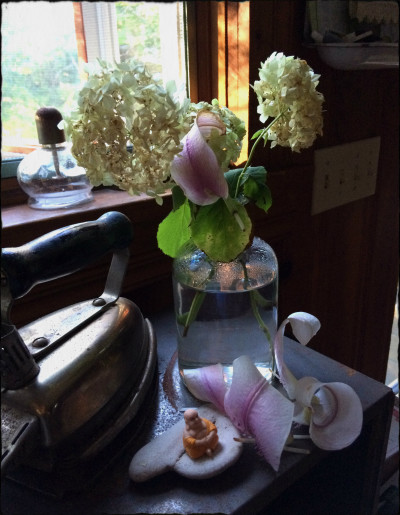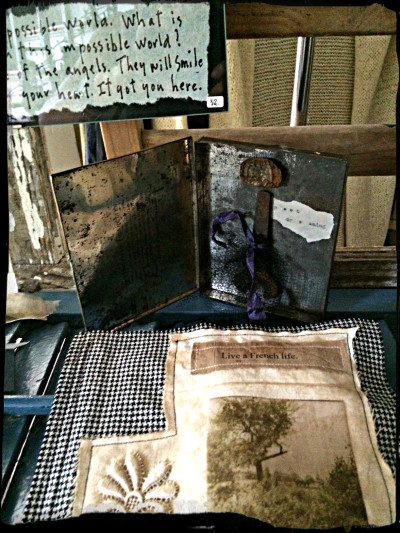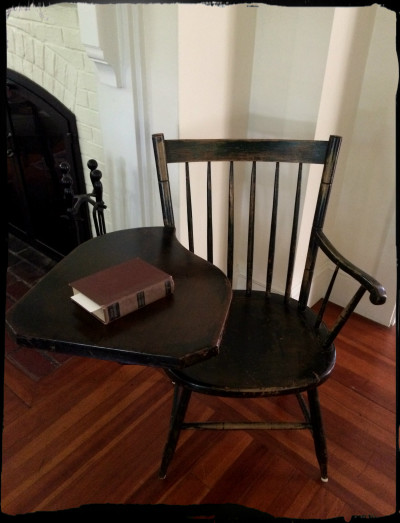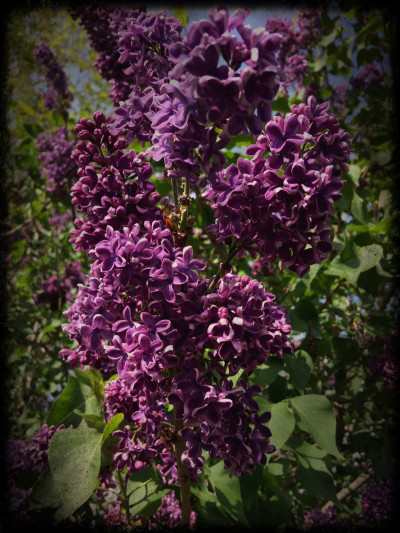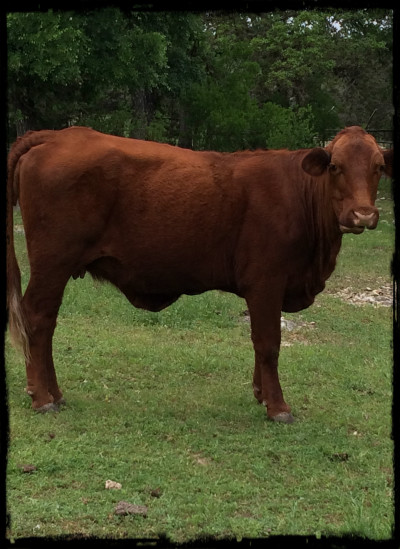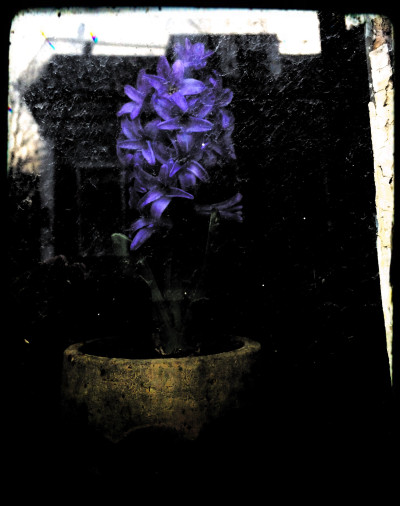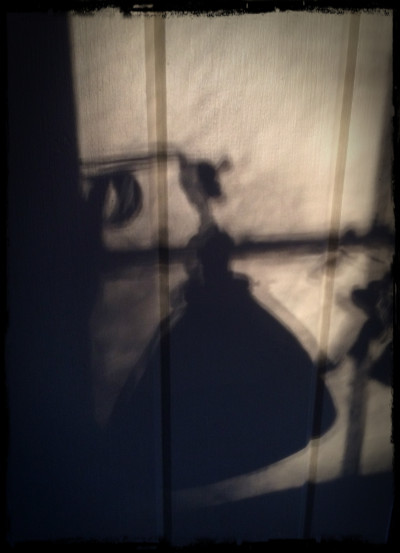A Day of Thanks
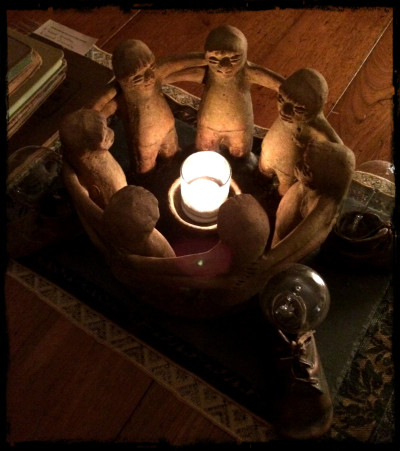
Circle of Friends
It’s Thanksgiving Day. Outside the light is gray, the sky overcast, the air exuding that late autumn fragrance of dried leaves and cold, damp earth. I take deep breaths of it when I walk to the end of the driveway and pick up the newspaper bloated and heavy with ads and inserts for tomorrow’s big shopping day.
Past Thanksgivings float through my mind. When everyone I loved was alive, I didn’t think much about gratitude. I was young, and of course, they were there: a mother, father, grandmother, aunts, uncles, sisters, cousins, friends. Of course, there was turkey and mashed potatoes, stuffing and gravy, pumpkin pie. Of course, the table was covered in a lace cloth and set with the good silverware and plates that collected dust most of the year in the china cupboard.
Now, so many years later, gratitude is edging closer to center stage. The past couple of weeks, I’ve been walking late in the afternoon around sunset. My path takes me down a hill to a tiny beach where I can rest on stone steps and look at the sky limned with charcoal and a blue pale as breath…watch the water turn from silver to rose to pewter to slate.
I think of our world so weary with war and strife, and our country so unsettled and fearful. I think of families divided by political differences. I think of how we’ve forgotten our shared humanity, our innumerable blessings. Back when everyone I loved was alive, it didn’t occur to me that someday there would be empty chairs around that table…that someday, the chairs, the table, the dining room, the whole house would be gone.
I have just had another birthday, and with each passing year, centering myself in the here and now becomes more than a daily practice; it becomes an essential way of being. Taking note of the goodness around me, realizing that each moment is exquisitely full is the antidote to loneliness and fear. There is always something to wake me up: a smile, a taste of homemade grape jam, birthday roses, a song on the car radio, a light in an evening window, November itself with bare trees, scorched sunsets, winds that unravel the scarf wound three times.
A single yellow leaf lets go, falls in silence. I whisper my thanks on this day marked especially for it.
